
Cars and motorcycles were tested at the Putrajaya Recreational Airfield, to see how the Blind Spot Technology works. Photo credit: ASEAN NCAP
If you ever drove a car, you’re probably aware that there’s always blind spots when you try to look in some direction, usually to try and see what’s behind the car or if someone is trying to overcome you on the road. Motorcycles, due to their reduced size and dimensions, are really hard to see by car drivers in these moments.
This also happens in motorcycles, but into a far less extension, because while riding a motorcycle we can move our head in a different way that allows us to see and perceive what’s around us in a better way.
So, when a motorcycle is in a blind spot of the car driver, that usually means danger, and according to the New Car Assessment Programme for Southeast Asian Countries (ASEAN NCAP), there’s a way to increase road safety for two wheelers by implementing and testing what they call Blind Spot Technology (BST).
According to the Royal Malaysian Police, motorcyclist fatality recorded the highest in 2017 among road users, with a total of 4.348 deaths. That’s almost 65% of the total number of recorded deaths in Malaysia (6.740) and if we look at ASEAN level, World Health Organization reports that motorcyclists reach 34% of total traffic fatalities.
These numbers are significantly higher than they should be, so ASEAN NCAP decided to include the Blind Spot Technology in their assessment protocol. The objective is to show that cars equipped with BST can detect motorcycles that are on the blind spot zone, and this way, the driver of the car has the chance to avoid an accident, resulting in less deaths and far less severe injuries.
The first time BST has been tested was precisely this week, at the Putrajaya Recreational Airfield, where ASEAN NCAP tested ten cars equipped with this technology and they had to face ten of the most popular motorcycles in the ASEAN region in terms of sales numbers.
The test was comprised of two different sessions: during daytime all the cars had to face all ten motorcycles, but by night, only five cars had to run against all ten motorcycles.
ASEAN NCAP hopes that this test allows to assess how efficient is each type of Blind Spot Technology that equips different car models, particularly during the moment the car is changing lanes. This test also allows to see if the motorcycles are detected by the system even in low light conditions.

Photo credit: ASEAN NCAP
ASEAN NCAP secretary-general, Ir Dr Khairil Anwar Abu Kassim said: “The BST development test marks ASEAN NCAP’s plans in performing actual assessment to test the effectiveness of BST in detecting motorcyclists riding in blind spot zone. This is in accordance with our objective to reduce motorcyclist fatalities especially during lane-changing action. The test was performed based on the requirement as stipulated in the ISO 17387. This test will also prepare us for our future roadmap for 2021-2030 that will place priority in motorcycle safety by having a special domain for it in the future assessments. This is the first collaborative programme organised between car manufacturers and motorcycle manufacturers with ASEAN NCAP. We are keen to have more collaboration between these two parties in the near future for the betterment of road safety”.
For now, and while the Blind Spot Technology is still in the first stages of being implemented in cars, the best way to ride your motorcycle and help reduce the number of fatalities on the road is to ride carefully and make yourself known to the car drivers around you.



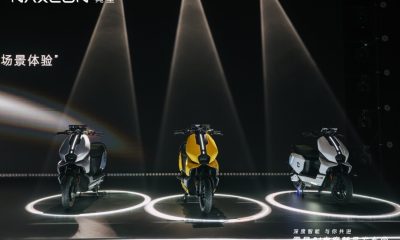

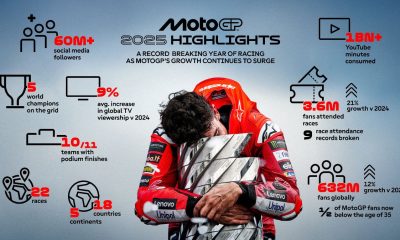



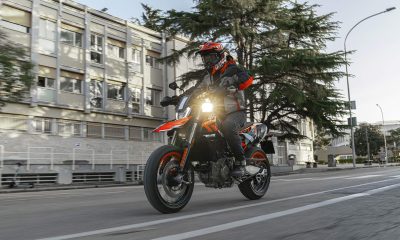
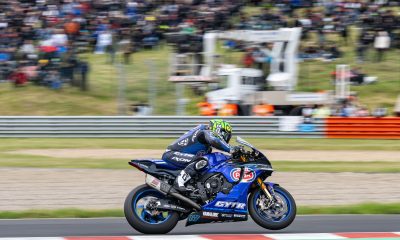
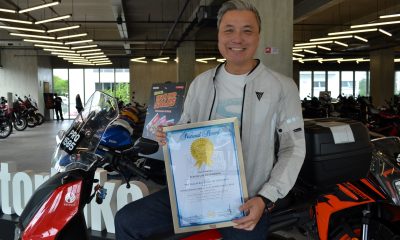
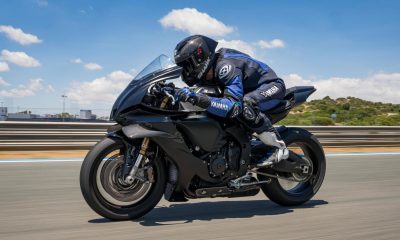
















Facebook
Instagram
X (Twitter)
YouTube
LinkedIn
RSS